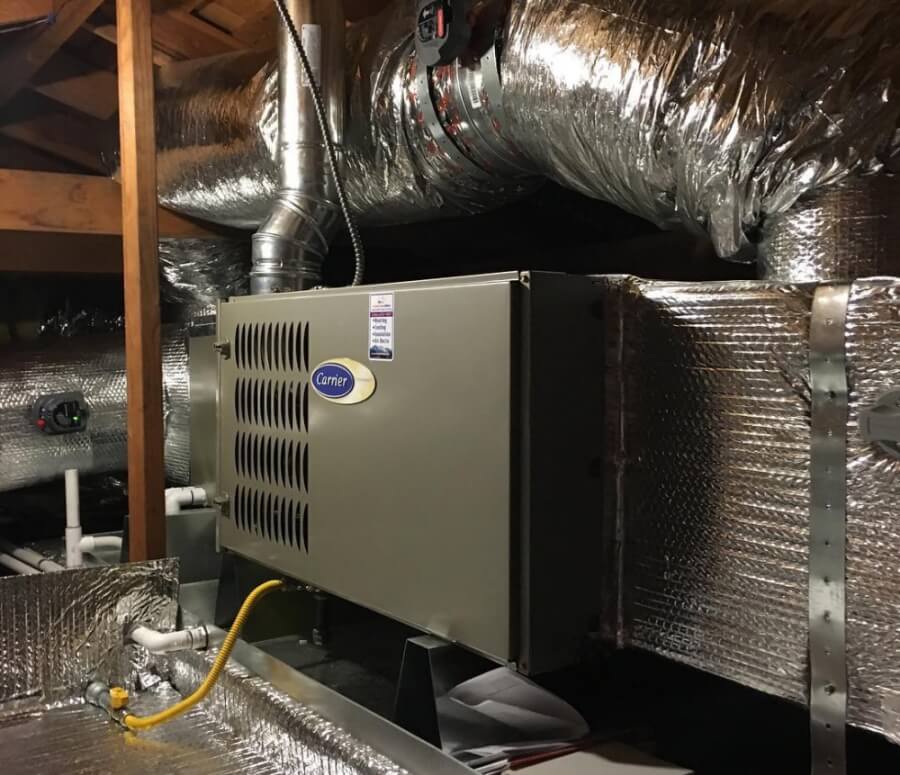The Ultimate Overview to Furnace Setup for a Cozy Home
Heating system setup is a vital facet of maintaining a comfortable home environment, specifically during the cooler months. Comprehending the different types of furnaces available and the relevance of choosing the ideal dimension can considerably influence both performance and comfort levels. Moreover, a detailed installation procedure, enhanced by the right tools and materials, ensures optimal performance. This guide intends to outfit property owners with the expertise needed to make educated decisions and execute reliable upkeep practices. As you consider these aspects, the concern continues to be: what actions can you take to guarantee your heater offers you well for several years to come?
Sorts Of Heaters

Gas heating systems are one of the most usual choice due to their efficiency and reduced functional prices. They utilize gas or lp, giving quick heating and regular performance, making them perfect for colder environments.
Electric heating systems, while usually easier to set up and maintain, often tend to have greater operational costs. They are often preferred in locations where gas service is inaccessible or for homes with existing electrical facilities.
Oil heating systems, though less typical today, continue to be a feasible alternative in certain regions. They shed home heating oil, which can be helpful during colder months, yet their reliance on oil shipment presents possible challenges.
In addition, there are high-efficiency models available across these kinds, which can substantially reduce energy intake and energy expenses - furnace installation. Eventually, comprehending these heating system types will help homeowners select a system that lines up with their home heating needs, budget plan, and power preferences
Selecting the Right Size
Selecting the ideal size for a furnace is important to guaranteeing ideal performance and energy performance. A small heating system will battle to preserve comfortable temperature levels throughout the cold months, leading to raised damage, higher energy costs, and prospective system failing. Alternatively, an extra-large heater may cycle on and off also regularly, resulting in inefficient heating and unequal temperature level distribution within the home.
To establish the correct heating system dimension, a computation referred to as the Manual J lots computation need to be performed. This process evaluates numerous elements, including the square footage of the home, insulation levels, window dimensions, and regional climate problems. This extensive analysis ensures that the furnace meets the certain home heating needs of the space.

Installation Refine Introduction
In terms of products, you will need ductwork, insulation, and sealing tape to make sure optimal air flow and energy efficiency - furnace installation. It is also essential to have a new heater filter on hand, in addition to venting products, such as PVC pipe or steel flue, relying on the sort of furnace being installed
Safety equipment, consisting of handwear covers, safety glasses, and a face mask, is additionally vital to secure against dirt and particles during installation. Having all these devices and materials easily available not just improves the process however also improves the security and effectiveness of the furnace setup.
Upkeep Tips for Longevity
To guarantee the longevity of your heating system, it is necessary to carry out a regular maintenance schedule that addresses essential parts of the system. Start by changing or cleaning up the air filter each to 3 months, as a clogged up filter can restrict airflow and reduce efficiency. Furthermore, check and clean the blower assembly to avoid dirt accumulation that can impede performance.
Next, examine the thermostat setups and recalibrate if required to guarantee accurate these details temperature level regulation. Evaluate the ductwork for leakages or clogs, as this can result in power loss and unequal heating. Regularly lube the electric motor and bearings according to the producer's suggestions to lessen wear and tear.
Specialist evaluations need to happen yearly, where a certified professional can assess the heating system's overall problem, check for gas leaks, and guarantee that security functions are working properly. Finally, take into consideration setting up a programmable thermostat to maximize power usage and preserve regular home temperature levels. By embracing these upkeep techniques, you can boost your heater's effectiveness, prolong its lifespan, and ultimately appreciate a comfy and comfy home environment.
Conclusion
